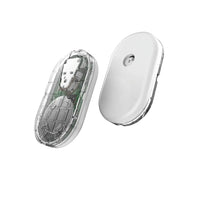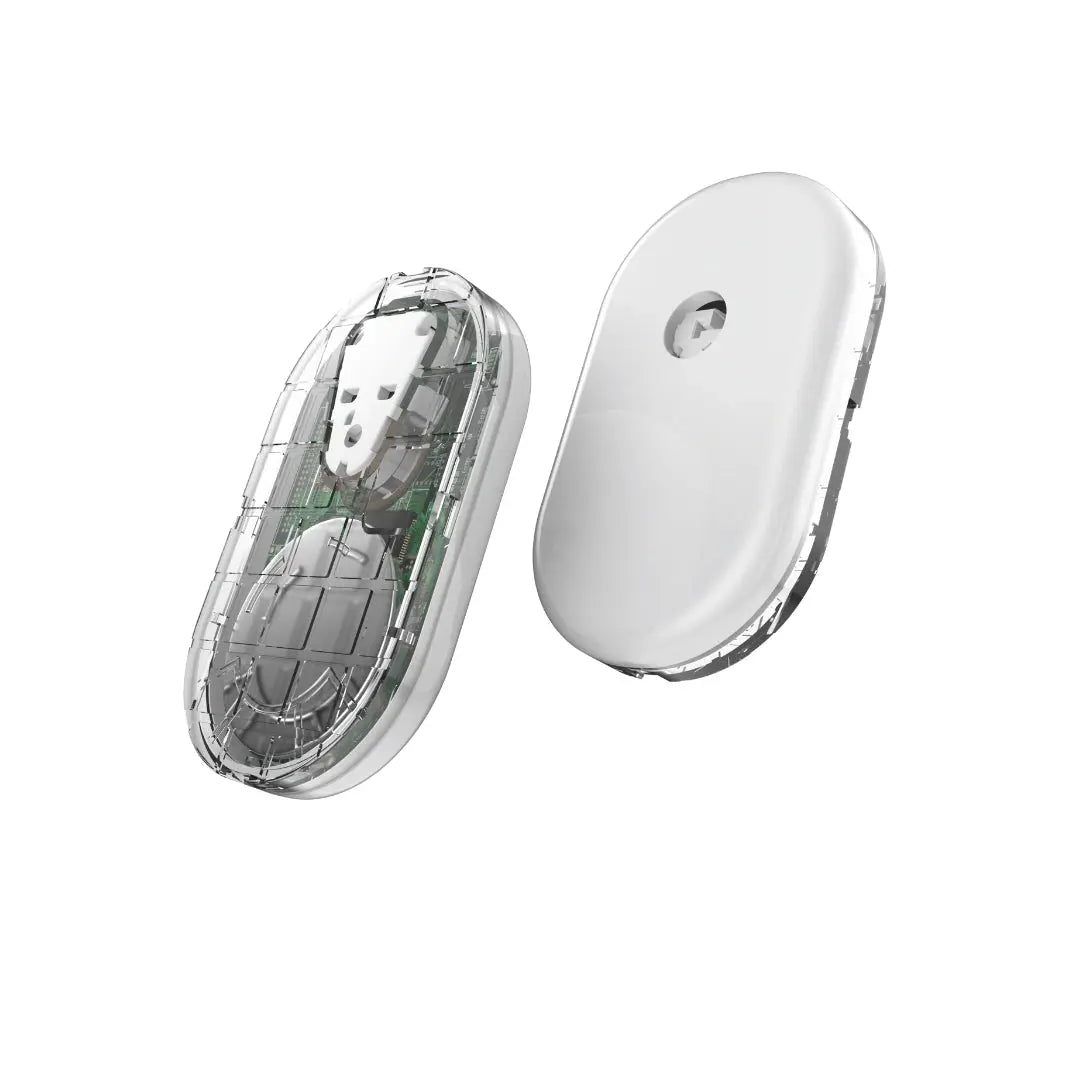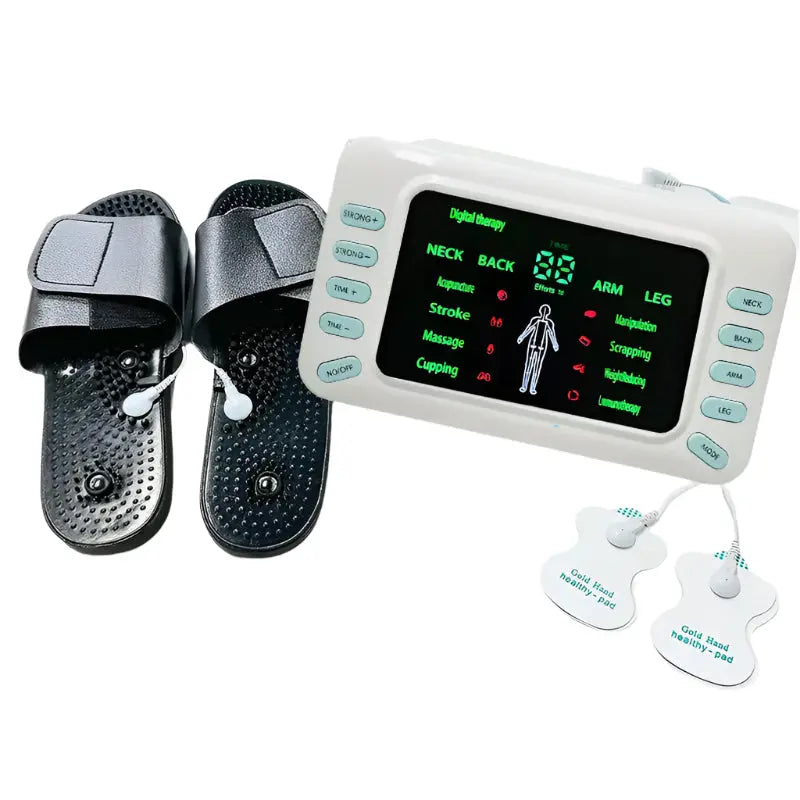Understanding CGM Accuracy
Continuous Glucose Monitoring (CGM) has transformed diabetes care by providing real-time glucose tracking without frequent finger pricks. Yet, even with advanced technology, accuracy can vary depending on several factors such as sensor placement, hydration, and physiological changes.
Understanding these influences helps users interpret their readings more confidently and make timely, informed decisions for better glucose control.
Common Factors Affecting CGM Accuracy
Since CGMs measure glucose in the interstitial fluid (not directly from blood), certain conditions can cause temporary discrepancies. Here’s what typically affects performance and how to manage it.
User and Sensor-Related Factors
-
Sensor Placement & Adhesion:
Correct placement ensures consistent readings. Choose sites with sufficient fatty tissue (like the abdomen or upper arm) and make sure the adhesive is well-secured. -
Warm-Up Period:
After insertion, most sensors need 1–2 hours to stabilize. Avoid making treatment decisions during this phase. -
Compression Lows:
Sleeping or resting on the sensor can reduce interstitial fluid, resulting in falsely low readings. Adjust your position to relieve pressure. -
User Error:
Skipping steps during setup, mishandling the sensor, or neglecting calibration guidance can affect performance. Always follow the provided instructions carefully.
Physiological & Medical Factors
-
Hydration Levels:
Dehydration limits interstitial fluid, which can lead to inaccurate readings. Stay hydrated for stable performance. -
Medications:
Some drugs, including acetaminophen (paracetamol), vitamin C, and salicylic acid (aspirin), can interfere with glucose oxidation reactions inside CGM sensors. Consult your healthcare provider if you use these regularly. -
Physical Activity & Sweat:
Intense workouts or excessive sweating may loosen the sensor. Use approved adhesive patches to keep it in place during activity.
Environmental and Stress-Related Factors
-
Stress or Surgery:
Emotional or physical stress causes hormonal spikes that elevate glucose levels. During medical procedures or recovery periods, fluctuations are normal and can momentarily influence CGM readings. -
Rapid Glucose Changes:
After meals, exercise, or insulin doses, blood glucose rises or drops quickly. Because interstitial readings lag behind blood readings by a few minutes, temporary differences are expected.
Tips for More Accurate CGM Readings
✅ Compare readings while fasting or during steady glucose trends.
✅ Avoid comparing data when trend arrows show rapid change.
✅ Maintain hydration and avoid pressing on the sensor.
✅ Wait for the sensor to finish warming up.
✅ Cross-check unusual results with a fingerstick reading.
Why Choose Berflow CGMs for Reliable Monitoring
At Berflow Health, we understand that accuracy and convenience are everything in diabetes management. That’s why our continuous glucose monitoring devices are engineered to provide stable, real-time glucose data that helps you stay in control.
Our CGMs combine advanced sensor technology, minimal calibration needs, and easy mobile connectivity, empowering users to monitor glucose levels confidently — at home, work, or on the go.
👉 Explore our CGM collection: Shop Berflow Continuous Glucose Monitors
Related Resources
How Portable Oxygen Devices Improve Patient Care
The Hidden Duo: How Hypertension and Type 2 Diabetes Multiply Your Risk
Accurate CGM readings depend on how well you understand your device and manage influencing factors. From correct placement to proper hydration and awareness of medications, every step counts.
With a Berflow CGM, you can rely on clinically tested accuracy, seamless connectivity, and comfort, ensuring better daily decisions, fewer surprises, and a healthier, more confident lifestyle.




